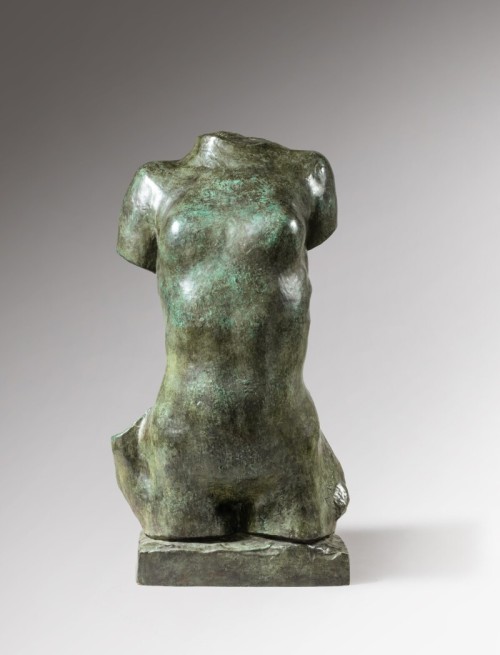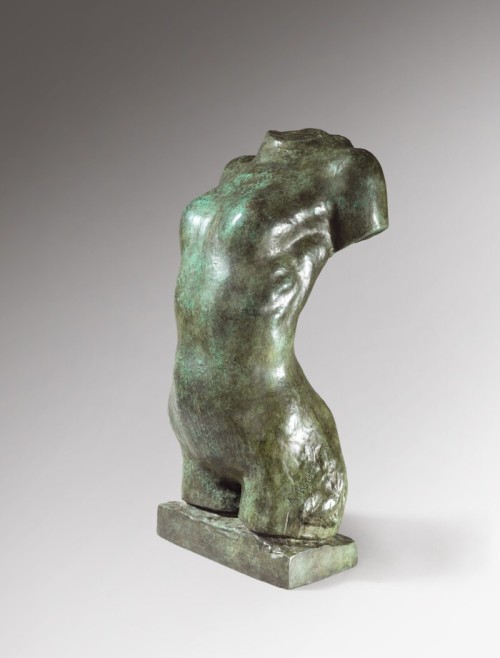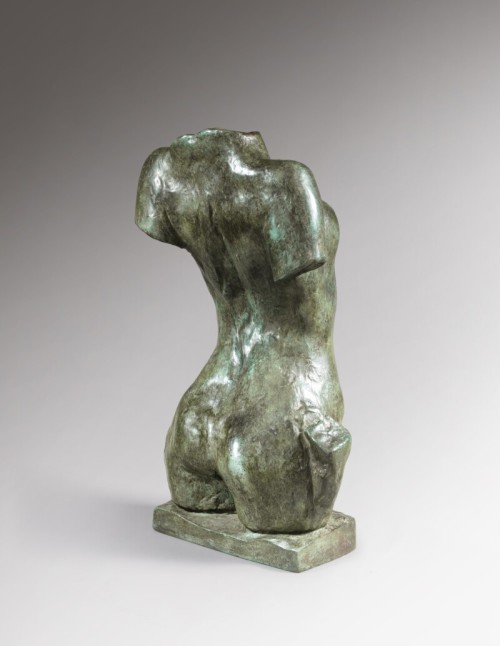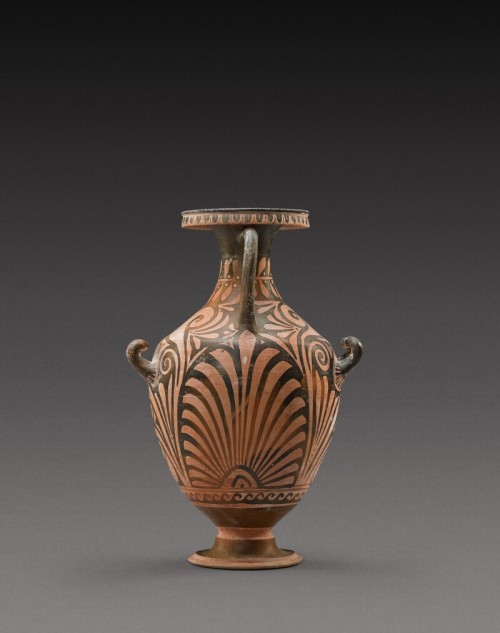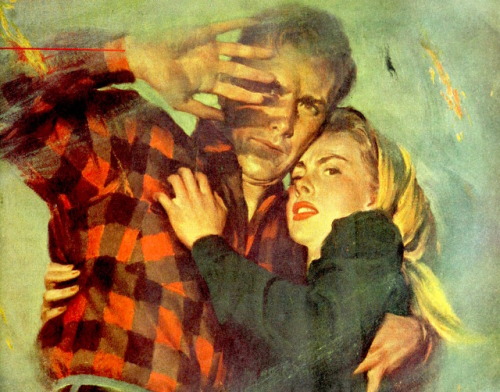#art news
Ansel Adams
‘Mt. Williamson, Sierra Nevada from Manzanar, California’
Gelatin silver print, mounted, signed in pencil on the mount, the photographer’s Carmel studio stamp (BMFA 11), with title and date in ink, on the reverse, 1944, probably printed between 1973 and 1977.
Image: 15 ½ by 18 ½ in. (39.4 by 47 cm.).
Post link
Ansel Adams
‘Georgia-Pacific Plant, Near Samoa, Calif.’
Gelatin silver print, mounted to Hi-Art illustration board, signed in ink on the mount, the photographer’s Carmel studio stamps (BMFA 8 and 10), with title and date '1968/4’ in ink, on the reverse, framed, 1968.
Image: 15 ½ by 19 ¾ in. (39.4 by 50.2 cm.).
Frame: 25 ¼ by 29 ¼ in. (64.1 by 74.3 cm.).
Sold: 4,410 USD
Post link
Albert Oehlen
Freeway Express
Signed A Oehlen and dated 97 (on the verso).
oil on fabric.
239.7 by 143.7 cm. 94½ by 56½ in.
Executed in 1997.
Sold: 882,000 GBP 3/2022
Post link
Jean-Michel Basquiat
Untitled
Signed NAEJBASMICHIQUT and dated 81 (on the overturn edge).
Acrylic, spray paint, oilstick and Xerox collage on canvas.
122.6 by 152.4 cm. 48¼ by 60 in.
Executed in 1981.
Sold: 3,302,000 GBP 3/2022
Post link
Vincent van Gogh
A Pair of Lovers (Eglogue en Provence)
Oil on canvas.
32.7 by 22.8cm., 12⅞ by 9 in.
Executed in Arles in March 1888.
The authenticity of this work has been confirmed by the Van Gogh Museum, Amsterdam.
Sold: 10,015,000 GBP 3/2022
Post link
Auguste Rodin
Torse de Jeune femme cambrée dit aussi Torse de Jeune femme no. 390
Inscribed A.Rodin and stamped with the foundry mark Georges Rudier Fondeur. Paris, © by Musée Rodin 1961; A.Rodin on the interior.
Bronze.
Height: 84.9cm., 33⅜in.
Conceived in 1909 and cast in bronze in an edition of 2 between 1910 and 1911 by Alexis Rudier and in a further edition of 10 between 1953 and 1962 by Georges Rudier. The present example was cast in 1961.
Sold: 567,000 GBP 3/2022
Post link
An Egyptian Polychrome Limestone Figure of Hem-Min
6th Dynasty, 2360-2195 B.C.
Inscribed “Treasurer of the God, Overseer of the Army, Overseer of the Prospectors, revered with the God,” seated on a high-backed chair inscribed on both sides with his names and titles, his hands resting on his knees, and wearing a short pleated kilt and wig of layered trapezoidal curls, his face with prominent chin, outlined lips, and slightly aquiline nose; remains of red pigment on the body and black pigment on the wig.
Height 48.3 cm.
Post link
An Apulian Red-figured Hydria
Circa 350-330 B.C.
Painted with a woman seated within a naiskos and holding a mirror and a casket, the details in added white and yellow.
Height 43 cm.
Sold: 5,040 GBP 12/2020
Post link
An Apulian Red-figured Column Krater, attributed to the Painter of the Truro Pelike.
Circa 350-330 B.C.
Painted in front with a standing woman and a seated youth, and on the back with two youths flanking a plant, the details in added white and yellow.
Height 44.2 cm.
Sold: 6,930 GBP 12/2020
Post link





Man Reaps Windfall from Art Found in Connecticut Dumpster
A trove of paintings and other artwork found in an abandoned barn in Connecticut has turned out to be worth millions
Notified by a contractor, Waterbury auto mechanic Jared Whipple retrieved the dirt-covered pieces in 2017 from a dumpster containing materials from a barn in Watertown. Whipple later found out they were by Francis Hines, an abstract expressionist who died in 2016 at 96 and had kept his work stored in the barn, Hearst Connecticut Media Group reported.
Hines was renowned for his “wrapping” pieces, in which fabric is wrapped around an object. His art has been compared to that of Christo and Jeanne-Claude, who became famous for wrapping installations around Europe, including the Arc de Triomphe in Paris.
Hines wrapped more than 10 buildings in New York including the Washington Square Arch, JFK Airport and the Port Authority Bus Terminal, art curator and historian Peter Hastings Falk told the news outlet.
The hundreds of pieces of art retrieved by Whipple included paintings, sculptures and small drawings. Hastings Falk estimated the “wrapped” paintings can be sold at around $22,000 apiece and his drawings at around $4,500.
Whipple showed some of the pieces at a gallery in Waterbury last year, and recently decided to sell some of the art. He is collaborating with Hollis Taggart, a New York City-based gallery, on exhibits in New York and Connecticut in shows beginning next month.
Since finding the treasure trove, Whipple has researched Hines’ work and contacted the artist’s family, who, he said, have allowed him to keep and sell the art.
“I pulled it out of this dumpster and I fell in love with it,“ Whipple told the news outlet. “I made a connection with it. My purpose is to get Hines into the history books.”
“In Search of America” (and Santa Fe) – excerpt from a new book by Robert Wolf

Among its many virtues Santa Fe has always been a refuge for dreamers, eccentrics and artists. Some of these magnificent souls bring with them an unmistakable effervescence, a radiant and slightly skewed take on the world that reminds us of what a life of complete freedom, with both its rewards and its costs, looks like. If there were a poster child for Santa Fe artistic eccentricity it would…
Happy birthday to Man Ray, who produced works in a variety of artistic styles, including the production of photograms (which he called rayograms)—photographs created without the use of a camera by placing objects on light-sensitive material and then exposing the material to light.
“Man Ray,” 1934, by Carl Van Vechten
Always extraordinary.
Post link
FALL OF MODERNISM: The Modernist Impulse

“Wonderful place. You must come. Am sending ticket. Bring me a cook.” Mabel Dodge Lujan’s telegram to artist Andrew Dasburg is a seminal moment in New Mexico art history. Lujan, a prominent arts champion from New York, had fallen in love with the Taos art colony and was determined to summon artists there from the East. The efforts of Lujan and her counterparts in Santa Fe and Albuquerque sparked…
Janet Lippincott: A 70-Year Retrospective

Among the personal artifacts that will appear in our upcoming retrospective for Janet Lippincott (1918-2007), there’s a scrapbook filled with newspaper clippings. The folio of yellowed papers chronicles a tipping point in the New Mexico artist’s career—and the many wonders that came after—but it’s not the whole story. For the first half of Lippincott’s life, success was obscured behind…

A woman has been arrested after defacing a painting by Eugène Delacroix at the Louvre satellite museum in Lens. The 28-year-old told police she had scrawled “AE911” with an indelible marker on the painting, Liberty Leading the People, to draw attention to an organisation that appears to believe the 9/11 attacks were a conspiracy…
Read more here: http://www.guardian.co.uk/artanddesign/2013/feb/08/delacroix-painting-defaced-louvre
How about that Lenin? Big reader. Loved books. Tolstoy: loved him. Goncharov: couldn’t get enough of him. Chernyshevsky: the best. But Tariq Ali notes that Lenin couldn’t hang with the avant-garde, and that this had surprising ramifications for the Russian Revolution: “Lenin found it difficult to make any accommodations to modernism in Russia or elsewhere. The work of the artistic avant-garde—Mayakovsky and the Constructivists—was not to his taste. In vain did the poets and artists tell him that they, too, loved Pushkin and Lermontov, but that they were also revolutionaries, challenging old art forms and producing something very different and new that was more in keeping with Bolshevism and the age of revolution. He simply would not budge. They could write and paint whatever they wanted, but why should he be forced to appreciate it? … Shortages of paper during the civil war led to fierce arguments. Should they publish propaganda leaflets or a new poem by Mayakovsky? Lenin insisted on the first option. Lunacharsky was convinced that Mayakovsky’s poem would be far more effective and, on this occasion, he won.”
This and more in today’s culture roundup.
Post link
If shitlessness is too taboo for you, there are other ways to jar and unnerve your potential readers. Take pains to pepper your prose with irregardless, for example, and watch the hate mail pour in. Jennifer Schuessler writes, “Irregardless is one of those words that people love to hate. No one is lukewarm about irregardless. I don’t use it, but what I love about it that it has hung around on the periphery of English for over 200 years. It’s like this barnacle that you can’t get off the hull of the language, and I think that’s great.”
This and more in today’s culture roundup.
(Image: Tony Luong for The New York Times)
Post link
Looking for a fun, easy way to spice up your writing? Try throwing in a fecal intensifier or two. They’re the shit, and you’ll be thrilled shitless with the results. As the translator Brendan O’Kane writes, fecal intensifiers are the idiom of the moment, but it’s hard to follow their logic: “A certain distinguished Dutch professor emeritus … noted that ‘people before about 1950 were mostly bored shitless.’ This cracked the room up, naturally, but it also seemed slightly off …I might be scared shitless, but I’m unlikely to be amused, bored, delighted, outraged, or annoyed shitless. This is curious, since shitlessness would seem to be the natural result of something scaring, boring, or annoying the shit out of me—all distinct possibilities, according to my understanding of the idiom. In particularly unexpected circumstances, one might even shit oneself—as a response to fear, outrage, amusement, or surprise, rather than delight or (unless as a last resort) boredom.”
This and more in today’s culture roundup.
Post link
These days, it often seems the world has tilted on its axis: nothing is the same, we’ve broken with the past, there’s no going back. But we’ve still got an old friend kicking around—the barf bag. In these uncertain times, Hollywood’s horror filmmakers still turn to sick bags as a primo promotional gag. For there is still vomit in this realm, and still a need to contain it in the face of extreme spectacle. Cara Buckley writes: “After a moviegoer apparently vomited during a Los Angeles screening of the French coming-of-age cannibal flick, Raw, the theater began handing out barf bags … The move is a vintage publicity stunt going back some fifty years. Among the standout bags in movie history: The keepsake vomit bag from the 1963 splatter film Blood Feast came with an encouragement, ‘Spill your guts out!’ ‘Guaranteed to upset your stomach!’ proclaimed the bag from the 1981 Italian film Cannibal Ferox. The bag for The Beyond (1981) came with the thoughtfully worded warning, ‘Individuals with sensitive constitutions may experience stomach distress,’ and advised that the bag be used only once and not overfilled.”
This and more in today’s culture roundup.
Post link
While we’re swinging for the fences, here’s Lewis Lapham pondering the unfathomable immensity of the cosmos: “Isn’t that kind of the fun, the looking into the vast darkness ripe with wonders that will never cease? The limitless expanse of human ignorance … rouses out the love of learning, kindles the signal fires of the imagination. We have no other light with which to see and maybe to recognize ourselves as human … To bury the humanities in tombs of precious marble is to deny ourselves the pleasure that is the love of learning and the play of the imagination, and to cheat ourselves of the inheritance alluded to in Goethe’s observation that he who cannot draw on three thousand years is living hand to mouth. Technology is the so arranging of the world that it is the thing that thinks and the man who is reduced to the state of a thing. Machine-made consciousness, man content to serve as an obliging cog, is unable to connect the past to the present, the present to the past. The failure to do so breeds delusions of omniscience and omnipotence.”
This and more in today’s culture roundup.
(Image Credit: Autopsy of the First Crocodile, Onboard, Upper Egypt, by Ernest Benecke)
Post link
It’s not just that the concept of Western civilization is bankrupt, racist bullshit … it’s that it’s much fresher bullshit than you might think. Kwame Anthony Appiah provides an excellent primer: “European and American debates today about whether Western culture is fundamentally Christian inherit a genealogy in which Christendom is replaced by Europe and then by the idea of the West … If the notion of Christendom was an artifact of a prolonged military struggle against Muslim forces, our modern concept of Western culture largely took its present shape during the Cold War. In the chill of battle, we forged a grand narrative about Athenian democracy, the Magna Carta, Copernican revolution, and so on. Plato to Nato. Western culture was, at its core, individualistic and democratic and liberty-minded and tolerant and progressive and rational and scientific. Never mind that premodern Europe was none of these things, and that until the past century democracy was the exception in Europe—something that few stalwarts of Western thought had anything good to say about. The idea that tolerance was constitutive of something called Western culture would have surprised Edward Burnett Tylor, who, as a Quaker, had been barred from attending England’s great universities. To be blunt: if Western culture were real, we wouldn’t spend so much time talking it up.”
This and more in today’s culture roundup.
(Image Credit: The Plumb Pudding in Danger, James Gillray)
Post link
Chabon, Lethem, Eggers, Saunders, Whitehead: the literary luminaries of the nineties made their names on a fantastical escapism, more determined to entertain than they were to provoke. Now that the world’s gone even more to shit, Sam Sacks wonders if their appeal has worn thin: “the central dilemma of the nostalgist’s aesthetic: Can a novelist both recapture the innocent pleasures of storytelling and at the same time illuminate the complex realities of experience? In stable and prosperous times, truth and entertainment can overlap. But periods of crisis wedge them apart, and being faithful to one compromises the other … I find myself missing ambivalence—a quality that rarely squares with entertainment. There must be precious few readers who don’t already feel well disposed to tales of World War II heroes, fugitive slaves, and Abraham Lincoln.”
This and more in today’s culture roundup.
(Ilustration: Nathan Fox)
Post link
Literature loves a hoax—the Daily itself may have perpetrated one as recently as yesterday, though you didn’t hear it from me. Clifford Irving, who’s responsible for one of the great written ruses of the past fifty years, isn’t given the credit he deserves as a creative liar. Paul Elie tells his story: “Irving, while living in Ibiza in 1971, concocted a bogus autobiography of Howard Hughes, the reclusive billionaire tycoon. Irving, a Manhattan-born author of three novels that had sold poorly, saw it as a low-risk, high-adrenaline stunt, a kick at the pricks of New York literary society. It was the kind of thing a writer could try and hope to get away with in the days before the Internet laid all—or most—fraudsters bare. That ‘stunt’ turned Irving into the Leif Erikson of literary hoaxsters. (The forged Hitler Diaries would not appear until the 1980s.) Irving got advances upward of $750,000 from McGraw-Hill; fooled the publisher, handwriting experts, and Life magazine’s editors; and stirred the publicity-loathing Hughes to comment—all of which seems to surprise him even now. ‘I was a writer, not a hoaxer. As a writer, you are constantly pushing the envelope, testing what people will believe, and once you get going you say, They believed that; maybe they’ll believe this … ’ ”
This and more in today’s culture roundup.
(Image Credits: By Nick Cunard/Rex/Shutterstock (Lehrer), Alberto E. Rodriguez/Getty Images (Albert), Schiffer-Fuchs/Ullstein Bild/Getty Images (Frey), Steve Helber/A.P./Rex/Shutterstock (Erderly), from Bettmann/Getty Images (Irving, Cooke).)
Post link














